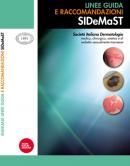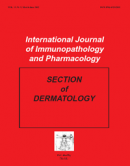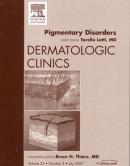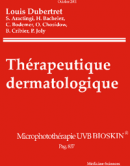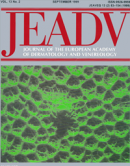Symptoms of vitiligo
Vitiligo is a syndrome in which various different factors can lead independently or synergistically to the disappearance of melanocytes from the skin and other sites in genetically predisposed individuals.
Vitiligo can affect variably sized areas and different sites of the skin and may or may not be associated with other disorders such as iritis, thyroid diseases, diabetes mellitus, pernicious anaemia, autoimmune atrophic gastritis and alopecia areata.
Different treatment approaches are indicated depending on the symptoms given by the type of vitiligo, how much skin is involved, the phototype of the individual, the presence or absence of residual melanocytes in the depigmented areas, the presence or absence of other disorders and the degree of change in the affected person’s quality of life.
Age and previous treatments used by the subject can also influence the choice of treatment.
In any case, classifying and assessing the course of the vitiligo in the individual is the first step in establishing an appropriate therapeutic plan. For this reason the clinical classification of vitiligo is based on an analysis of the symptoms and, therefore, on two criteria: the extension of the disease and the site of the areas involved.
The typical lesion of vitiligo is an achromic, white, oval or roundish patch with a diameter from a few millimetres to several centimetres and clearly distinct, more or less regular borders.
Rarely the external border may be hyperpigmented, erythematous or pruritic (inflammatory vitiligo). In some cases there may be an intermediate colour at the boundary between the affected skin and the healthy skin. This picture is called trichromic vitiligo since a third, intermediate colour is added to the classical two colours usually seen in vitiligo. Whatever therapeutic approach is chosen, it will have a faster effect in the trichromic forms of vitiligo.
The colour within the white patches on the skin is uniform. However, there may be variably sized pigmented spots, especially in the proximity of hair follicles emerging from the skin. The presence of this pigmentation is an indicator of a better prognosis, if all other clinical factors are the same.
Other symptoms may be associated with the skin patches: leucotrichia (white hairs), changes in choroidal pigmentation, alterations in the pigmented layer of the retina and uveitis.







